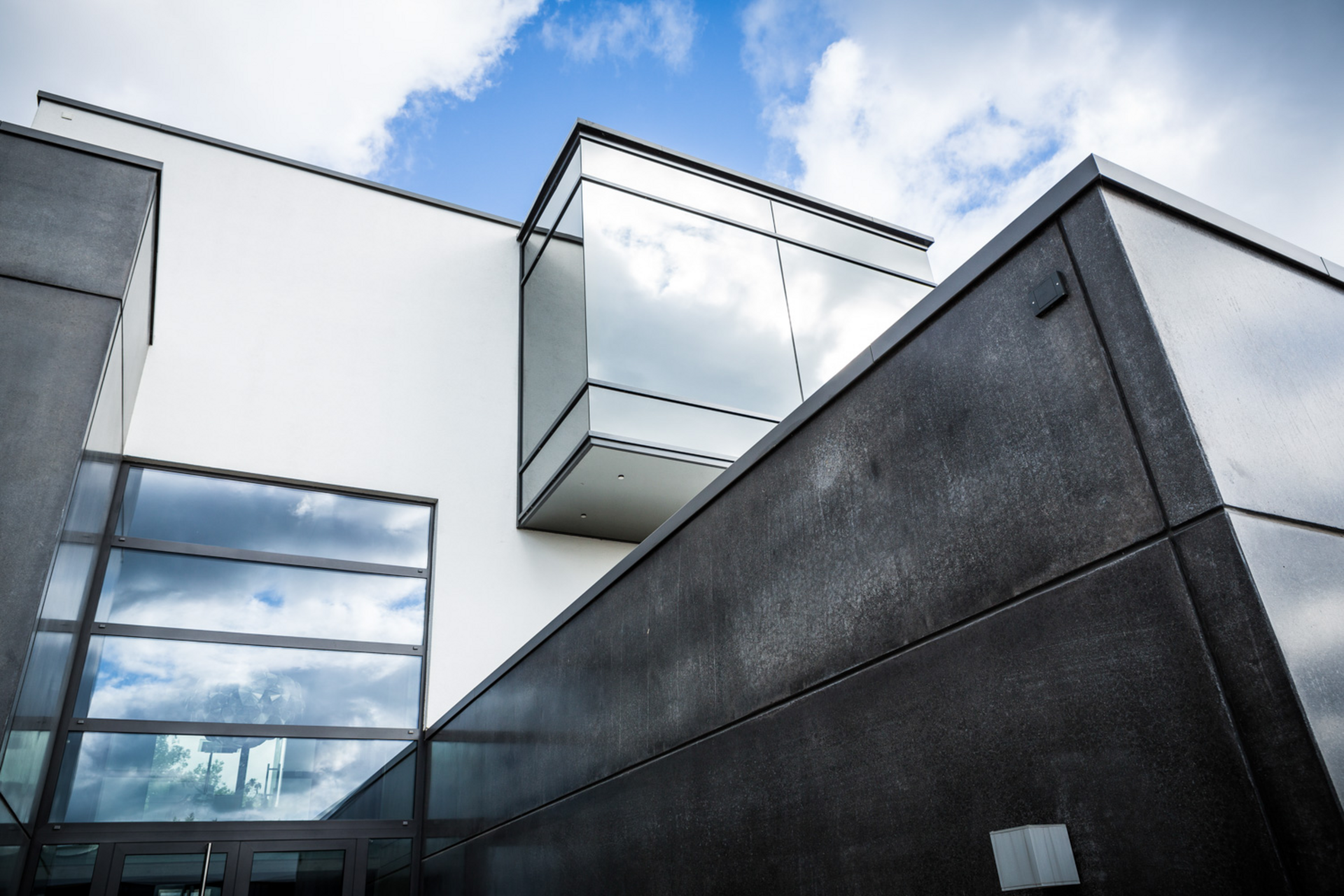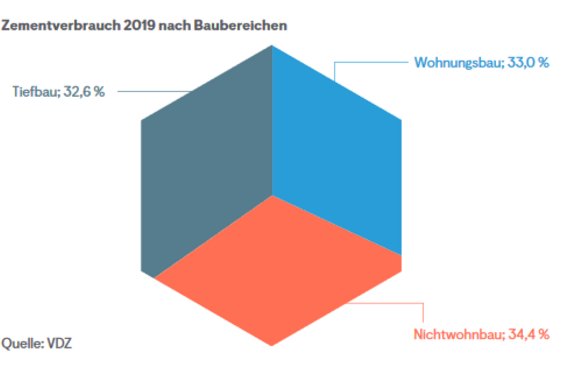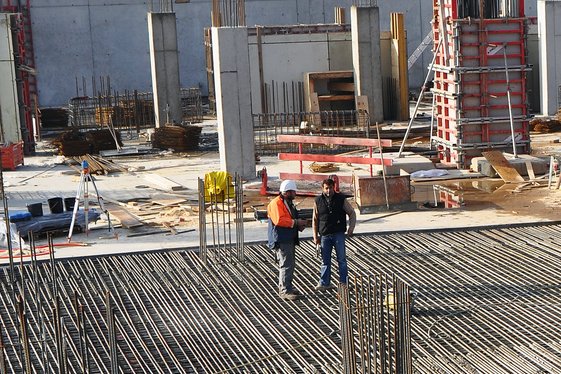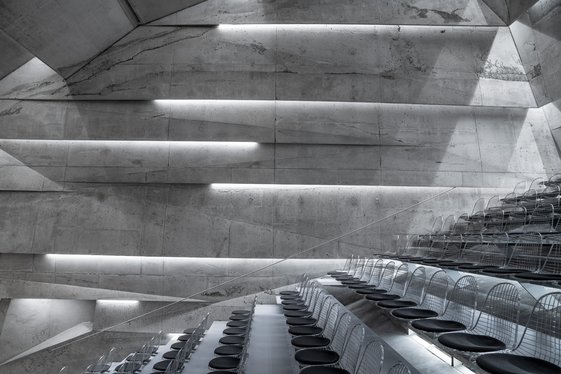Since 2010 there has been a constant increase in building activity and thus also in the demand for building materials such as cement and concrete in Germany. In recent years the level of cement consumption in Germany has been in the region of 26 to 30 million tonnes per annum. The binder is chiefly used for the production of in-situ concrete and concrete components. It is additionally required in the production of mortar, plaster, screed and chemical building products. Cement and concrete are of particular significance for the construction of housing and non-residential buildings as well as in civil engineering.

Demand for building work
As an essential constituent of concrete, mortar and screed, cement is a versatile binder and one of the most widely used building materials in the world. The demand for cement is governed almost entirely by the level of building activity. Small amounts are also used in dentistry and in the oil industry. But for the most part the binder is employed in the construction of residential and non-residential buildings as well as for civil engineering applications.

2019 cement consumption according to sector
Cement consumption can be classified in the following sectors: housing, non-residential building construction and civil engineering. In 2019 the breakdown was as follows.
Housing
Cement has always played an important part in housing construction, because every residential building contains concrete elements – in the form of floor slabs, lift shafts, intermediate floors, cellars and walls. The increase in housing construction since 2010 has been accompanied by a significant rise in cement consumption in this segment. Not just as a result of more homes being built, but also because of the focus of demand being on the construction of blocks of flats in conurbations. Reinforced concrete construction occupies a larger share of this market than in the private housing sector. Annual housing construction is expected to remain at roughly the current level of around 300,000 dwellings. Above all, affordable rented accommodation (for < 8 euros per m²) is still in great demand.
Trend towards concrete construction
Modern housing would be virtually inconceivable without cement and concrete. These building materials are becoming increasingly important for the construction of blocks of flats in particular.

Non-residential building construction
Cement and concrete are the most widely used materials in almost all areas of non-residential building construction – from office blocks right through to industrial facilities. All-in-all, cement consumption has been relatively stable in the past in this market segment. The level of demand for building work in the non-residential building construction sector depends to a great extent on the overall economic situation. Following on from a period of constant economic expansion in Germany since 2010, the country's industry is now undergoing a process of structural change and a phase of overall economic stagnation would appear more likely. No impetus for building activity is therefore to be expected, at least as far as industrial construction is concerned. By contrast there is a considerable need for investment in other areas, such as schools and child minding facilities.

No alternative to concrete
Concrete is the building material of choice for nearly all segments of non-residential building construction. It has a market share in excess of 50% for industrial facilities and office blocks.
Civil engineering and traffic infrastructure
Roughly a third of German cement consumption is accounted for by civil engineering, mostly in connection with the traffic infrastructure of the country. Cement and concrete are absolutely indispensable materials for building structures such as bridges, tunnels, locks and railways. On account of its high loadbearing capacity, concrete is employed for the construction of entire roads and particular elements such as roundabouts, bus lanes and junctions. It has been apparent for many years that enormous investments are required in the traffic infrastructure sector. A large number of bridges and locks are in need of replacement or modernisation. What's more, there are plans to greatly improve the railways and local public transport services. The state investment budget has grown considerably over the past few years. As however little capacity is available for the planning and execution of building work, prices have risen sharply at the same time. All-in-all, the civil engineering segment can be expected to have a positive effect on the demand for cement.

